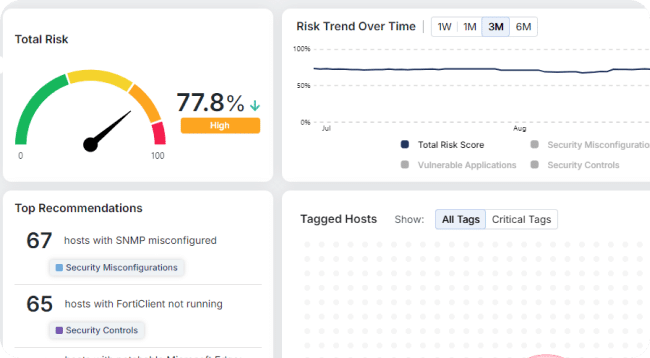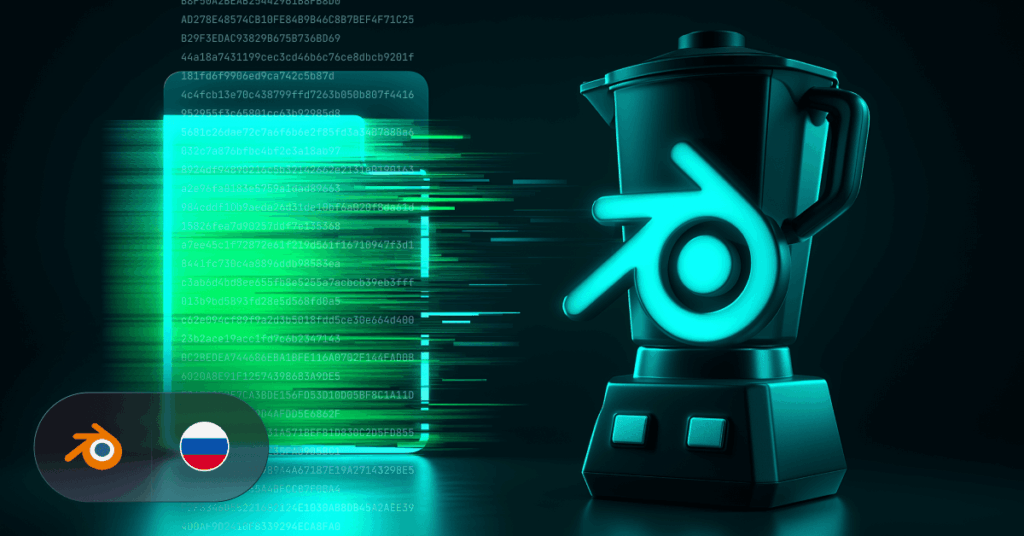Why Automated Moving Target Defense Is Emerging as a Zero Trust Essential

Zero Trust has shifted from a buzzword to a board-level mandate. In Gartner’s newly released Hype Cycle for Zero-Trust Technology, 20251, analysts highlight the growing urgency for organizations to prioritize Zero Trust technologies that align to the framework’s guiding principles.
Zero Trust is no longer optional—it’s a strategic imperative for reducing attack exposure, standardizing access, and enforcing rigorous, risk-based security policies across every environment.
But as Gartner notes, achieving meaningful Zero Trust adoption requires more than just policy frameworks and incremental improvements. It requires bold technology choices that strengthen core tenets like segmentation, adaptive access, continuous monitoring and automated response.
Emerging innovations like Automated Moving Target Defense (AMTD) are now recognized as critical enablers of Zero Trust strategies.
Zero Trust: Framework, Not Product
In the report, Gartner reminds security and risk management (SRM) leaders that Zero Trust is not a single technology or one-time deployment. Instead, it’s a strategic framework guiding the selection and implementation of specific technologies across architectures and environments.
Core Zero Trust principles include:
- Positive identification and continuous verification
- Explicit policy enforcement
- Adaptive access
- Segmentation
- Continuous monitoring
- Automated response
When implemented effectively, these pillars minimize attack surfaces, enforce strict verification, and help organizations keep pace with both regulatory pressures and evolving adversary tactics.
The State of Zero Trust in 2025
According to Gartner, several trends are accelerating Zero Trust adoption:
- AI and automation are powering adaptive access, faster detection, and streamlined endpoint management.
- Segmentation is becoming essential as hybrid environments, cloud workloads, and IoT/OT devices expand the attack surface.
- Regulatory pressures—from U.S. executive orders to the EU’s NIS2 Directive—are forcing organizations to demonstrate measurable Zero Trust progress.
- Critical infrastructure and industrial systems now require tailored Zero Trust defenses to safeguard against escalating attacks on operational technology (OT) and CPS.
Zero Trust, once associated primarily with IT networks, has now expanded to encompass cloud, industrial, IoT and edge environments. Organizations need technologies designed to operate proactively across these diverse environments.
That’s where AMTD is gaining traction.
AMTD: Recognized as an Emerging Technology
The report highlights AMTD as an emerging capability that directly supports Zero Trust adoption.
Here’s why AMTD matters to Zero Trust:
- Dynamic, adaptive defense: By continuously shifting the attack surface, AMTD makes it exponentially harder for threat actors to exploit vulnerabilities.
- Proactive endpoint protection: AMTD strengthens defenses when traditional detection tools (EPP/EDR) fall short against fileless and in-memory attacks.
- Disruption of reconnaissance: By introducing unpredictable system changes, AMTD denies adversaries the ability to map, target, or exploit vulnerabilities.
Rather than relying on signatures, alerts, or after-the-fact detection, AMTD is breach prevention. It proactively neutralizes threats before they can execute—making it a natural extension of Zero Trust Architecture.
Preemptive Cyber Defense: Where Zero Trust Meets Prevention
Morphisec positions AMTD within Preemptive Cyber Defense—a prevention-first approach that aligns perfectly with Zero Trust principles.
Zero Trust assumes no implicit trust, requiring authentication and verification for every access attempt. While preemptive Cyber Defense ensures that even if attackers make it past authentication, their exploits cannot execute. When combined, this provides defense-in-depth:
- Zero Trust defines the rules through strict access controls and continuous verification.
- Preemptive Cyber Defense enforces the outcome by actively preventing breaches at runtime.
This is the missing piece in many Zero Trust strategies: ensuring attackers are not just identified but stopped cold before they can cause damage.
How Morphisec AMTD Works
Morphisec’s AMTD technology dynamically morphs the runtime memory environment, making system assets unrecognizable and unexploitable to attackers. Here’s what that means for Zero Trust defenders:
- Stops advanced ransomware and zero-day exploits by preventing in-memory execution attempts.
- Neutralizes fileless attacks that bypass EDR and antivirus solutions.
- Introduces no added burden on security teams—lightweight and automated, with no signature updates required.
- Seamlessly augments existing tools—integrates alongside Microsoft Defender, EDR, NGAV, and EPP, providing layered protection without complexity.
By using the same polymorphism tactics adversaries leverage to evade detection, Morphisec flips the advantage back to defenders.
AMTD is complemented by Morphisec’s Adaptive Exposure Management (AEM), which continuously identifies, prioritizes, and reduces endpoint exposures. Together, AMTD and AEM create a prevention-first security model that both disrupts attacks in runtime before they can execute and reduces the attack surface by eliminating vulnerabilities and misconfigurations in real-time.
For organizations advancing Zero Trust, this dual approach ensures alignment with core tenets like continuous monitoring, automated response, and reduced attack exposure across distributed environments.
The Business Value of Preemptive Cyber Defense
Beyond strengthening Zero Trust posture, Morphisec’s prevention-first approach drives real-world business outcomes:
- Reducing false positives and alert fatigue, freeing up analyst resources.
- Lowering response and recovery costs by preventing breaches outright.
- Improving operational efficiency through lightweight, automated protection.
- Ensuring future readiness against AI-driven attacks, advanced ransomware, and post-quantum threats.
Zero Trust is about resilience, and resilience depends on stopping adversaries before they can succeed. With AMTD and AEM, organizations achieve Zero Trust not just in principle, but in practice.
The Time to Strengthen Zero Trust Is Now
The Gartner Hype Cycle for Zero-Trust Technology, 2025 report makes it clear: Zero Trust strategies can no longer be theoretical roadmaps. They must be operationalized with technologies that deliver real protection, today. AMTD has emerged as a critical innovation, giving organizations a dynamic, prevention-first layer that transforms Zero Trust from strategy into measurable resilience.
Waiting is not an option.
Adversaries are already exploiting gaps in detection-based defenses, and regulators are accelerating mandates for Zero Trust adoption. Organizations that fail to evolve will find themselves outpaced by both attackers and compliance demands.
Morphisec’s AMTD, combined with AEM, enables security leaders to act, decisively stopping threats before they execute, minimizing risk, and ensuring Zero Trust defenses hold firm against tomorrow’s attacks.
Zero Trust is the strategy. Preemptive Cyber Defense is the execution.
The time to strengthen your posture is now. Download the white paper Enabling Preemptive Cybersecurity Through Zero Trust with AMTD to learn how to get started.
1Gartner, Hype Cycle for Zero-Trust Technology, 2025, Tiffany Taylor, Andrew Lerner, 1 August 2025
GARTNER is a registered trademark and service mark and Hype Cycle is a registered trademark of Gartner, Inc. and/or its affiliates in the U.S. and internationally and is used herein with permission. All rights reserved.
Gartner does not endorse any vendor, product or service depicted in its research publications, and does not advise technology users to select only those vendors with the highest ratings or other designation. Gartner research publications consist of the opinions of Gartner’s research organization and should not be construed as statements of fact. Gartner disclaims all warranties, expressed or implied, with respect to this research, including any warranties of merchantability or fitness for a particular purpose.
Stay up-to-date
Get the latest resources, news, and threat research delivered to your inbox.




















